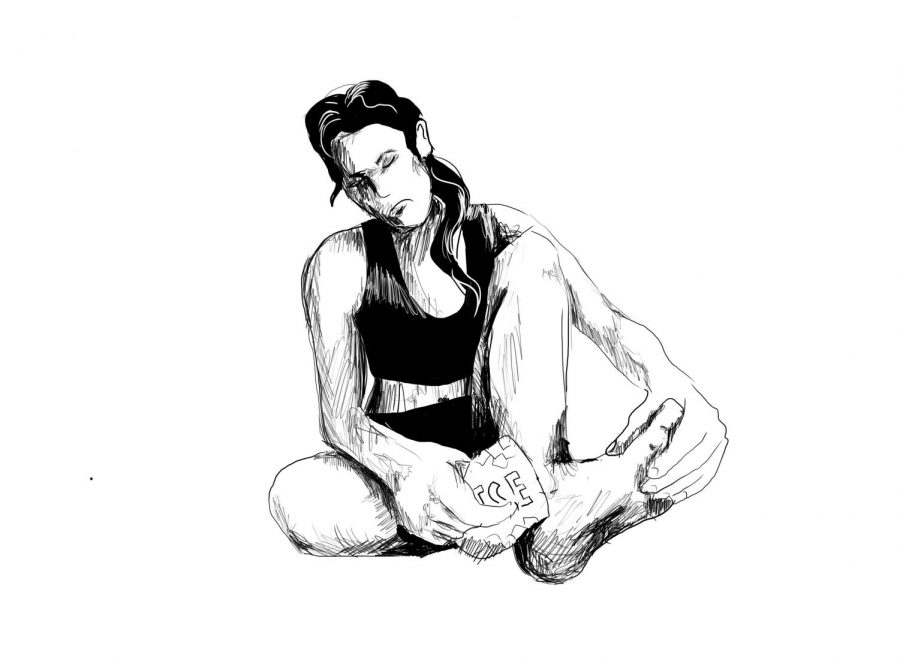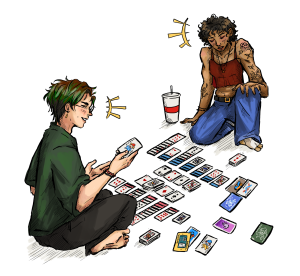Making it and Breaking it—Injuries on the field
November 1, 2018
Play every game like it’s your last. That’s all athletes can do as sports injuries at the varsity level seem to increase, despite every effort to make their bodies capable of peak performance.
Depending on the sport, there are trends as to where musculoskeletal damage occurs.
First-year men’s soccer player Adam Joss, who is currently on the mend after a sprained ankle and strained hip flexor, has noticed these patterns as well.
“Soccer has lots of quadriceps and ankle injuries, where football is concussions, and baseball is elbows,” Joss said.
Joss is dedicated to caring for his injuries in order to play the last few games of the season, and wishes to remind his fellow athletes that “it is the number one priority to take care of your body when playing.” His advice to prevent these kinds of things? “Stretch and take care of your body. Whether that means an ice bath after each practice, or longer stretching before a workout.”
Junior women’s soccer player Jessie Mano also suffered from a serious ankle injury, fracturing her fibula in the preseason against Illinois Institute of Technology. As for the increase in injuries, she has noted that something has been happening, but has nothing specific to blame it on.
“Especially on the women’s soccer team, there were a lot of injuries. More so than previous years I’ve been on the team,” Mano said.
While physical limitation and impacts may be quite obvious, it’s important to remember that athletes are affected emotionally as well.
“Emotionally it is the hardest,” said sophomore women’s volleyball player Elyse Benavides, who very recently tore her right ACL in the middle of a match against Linfield.
“I have so much love for the sport and it’s truly devastating knowing that I can’t take any part in it for the next nine months,” Benavides said.
The thought of serious injuries like torn ligaments and large fractures has kept some young scholars from engaging in the student-athlete world past high school, and Benavides has some thought on this.
“That’s just a part of sports. I took good care of my body this season and have hit the same ball and made the same movement hundreds of times in my volleyball career. I never thought it would happen but it just did,” Benavides explains.
Healing can be a long and difficult process, and sometimes it is taxing mentally and physically. Luckily, an athlete’s teammates can be the biggest source of support.
“My teammates were right by my side through everything, from the moment I got the injury to the surgery, and to my current recovery state. Honestly I wouldn’t be here and feeling this strong without them,” said Mano.






